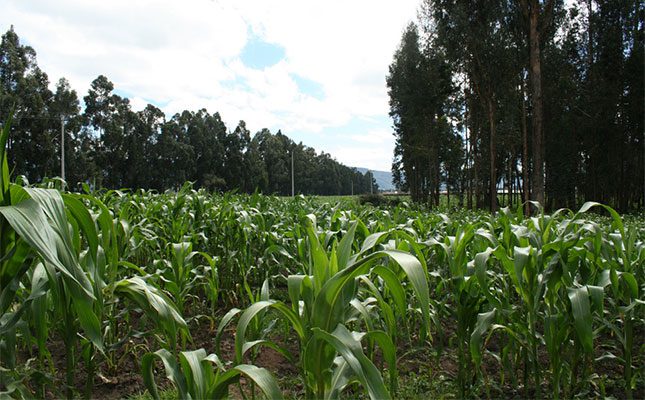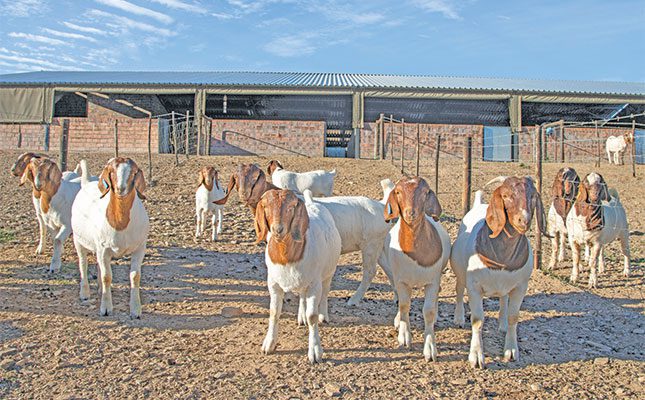Cattle infected with foot-and-mouth disease (FMD) are only infectious for a brief period – about half as long as previously thought. This means control measures used to halt the disease’s spread, such as destroying large numbers of livestock, could be reduced.
That’s according to a new study funded by the UK Biotechnology and Biological Sciences Research Council. “What we thought we knew about FMD is not entirely true,” co-author Dr Mark Woolhouse from the University of Edinburgh told the journal Science. The FMD virus infects cattle and other livestock, causing lesions on the tongue and feet, fever and a runny nose.
Now, researchers have performed experiments with cattle to identify the precise incubation and infectious periods. They found that even if the virus can be detected in a blood sample – the traditional way of measuring infectiousness – it doesn’t mean the animal is infectious.
In fact, a cow with FMD is only infectious for 1,7 days from roughly 0,5 days after clinical signs of the disease appear. After that, immune responses kick in and limit virus replication. “We’ve pinned down the relationship between when the animals are infectious with FMD and when they show clinical signs of the infection,” explains Dr Woolhouse. – Staff reporter
Source:
American Association for the Advancement of Science.
When Livestock can Transmit Foot-and-Mouth Disease: Findings Suggest Fewer Cattle Could be Culled in the Future. ScienceDaily, 8 May 2011. Web. 13 Jul. 2011.
Read more in the 29 July 2011 issue.













